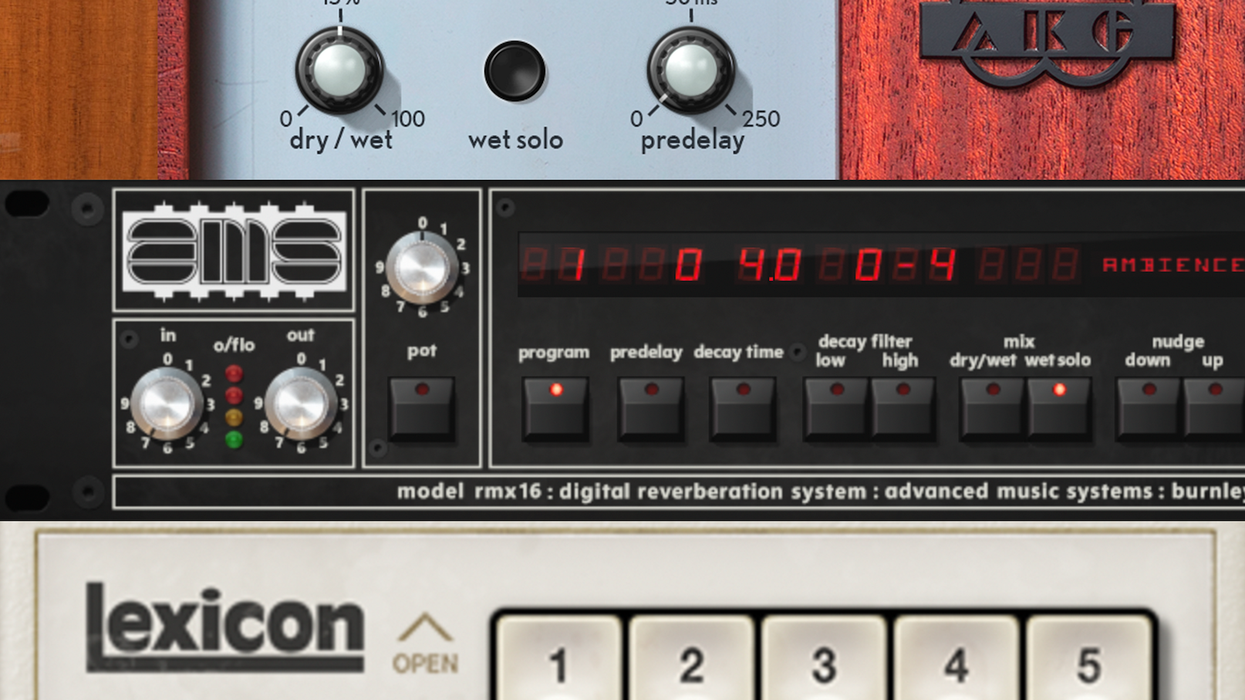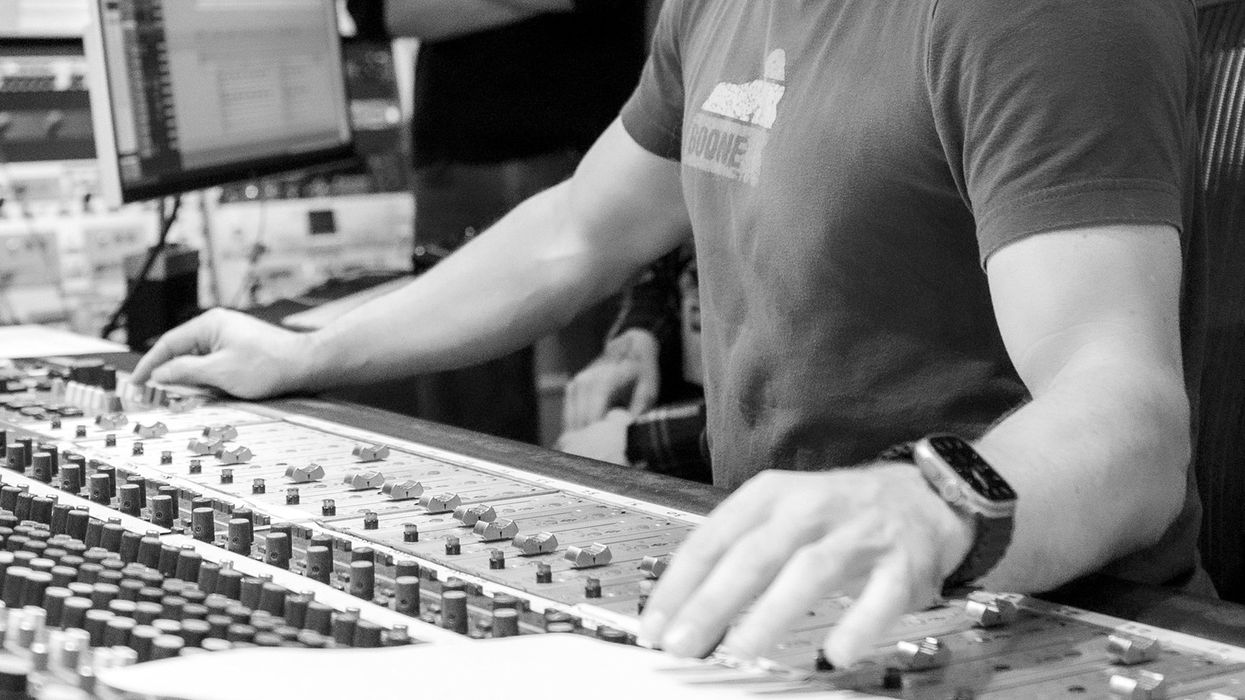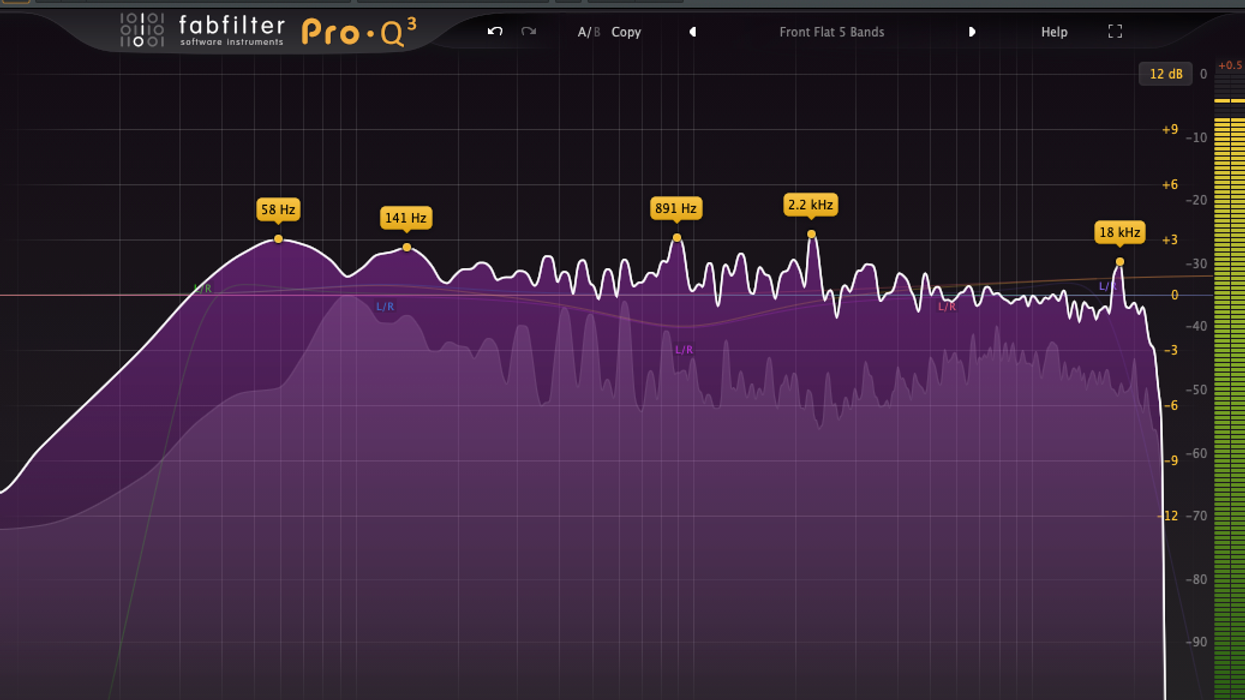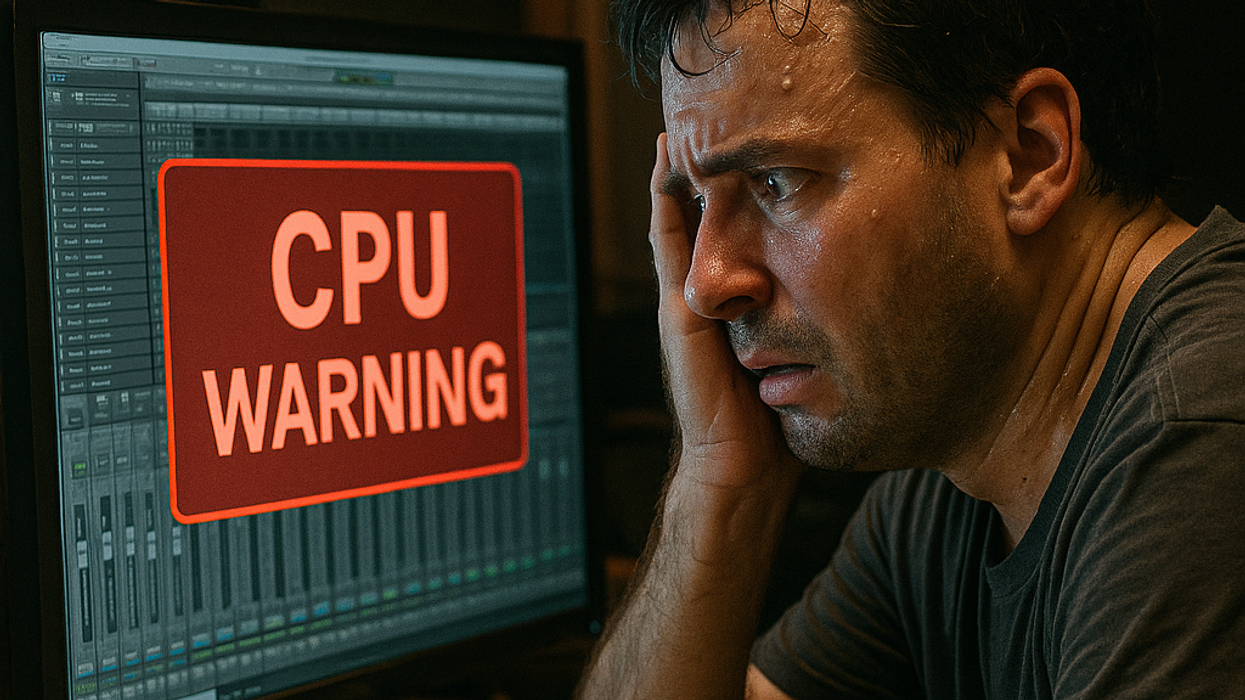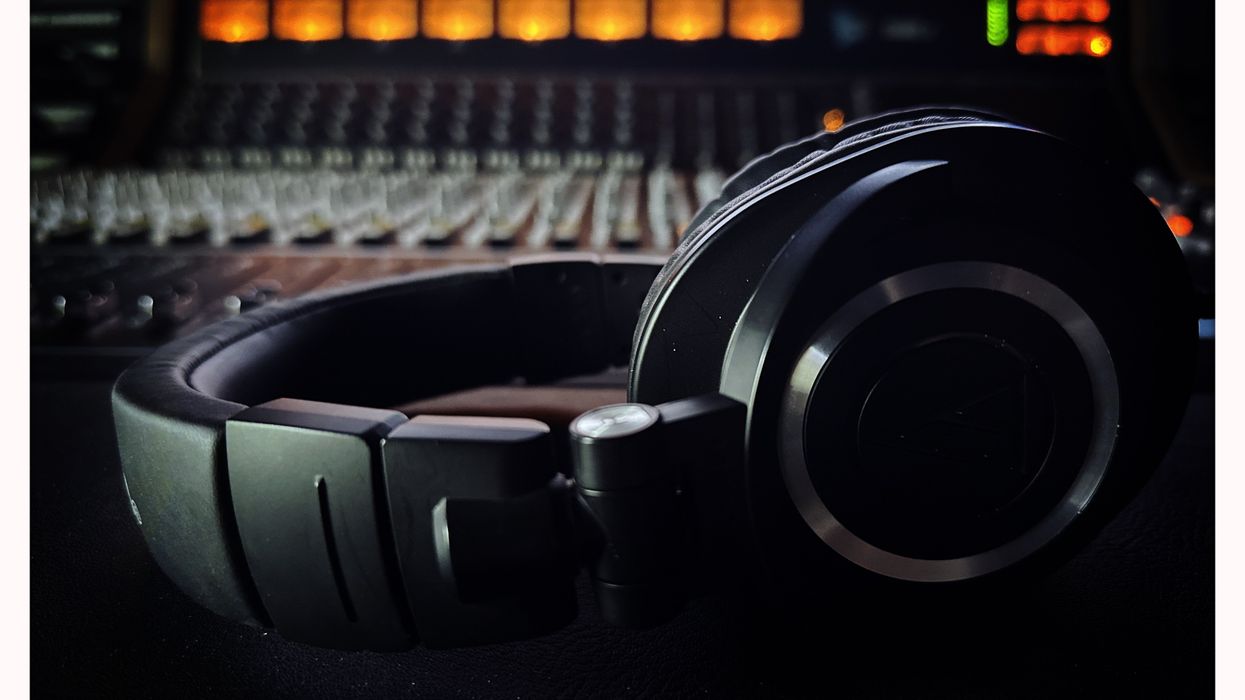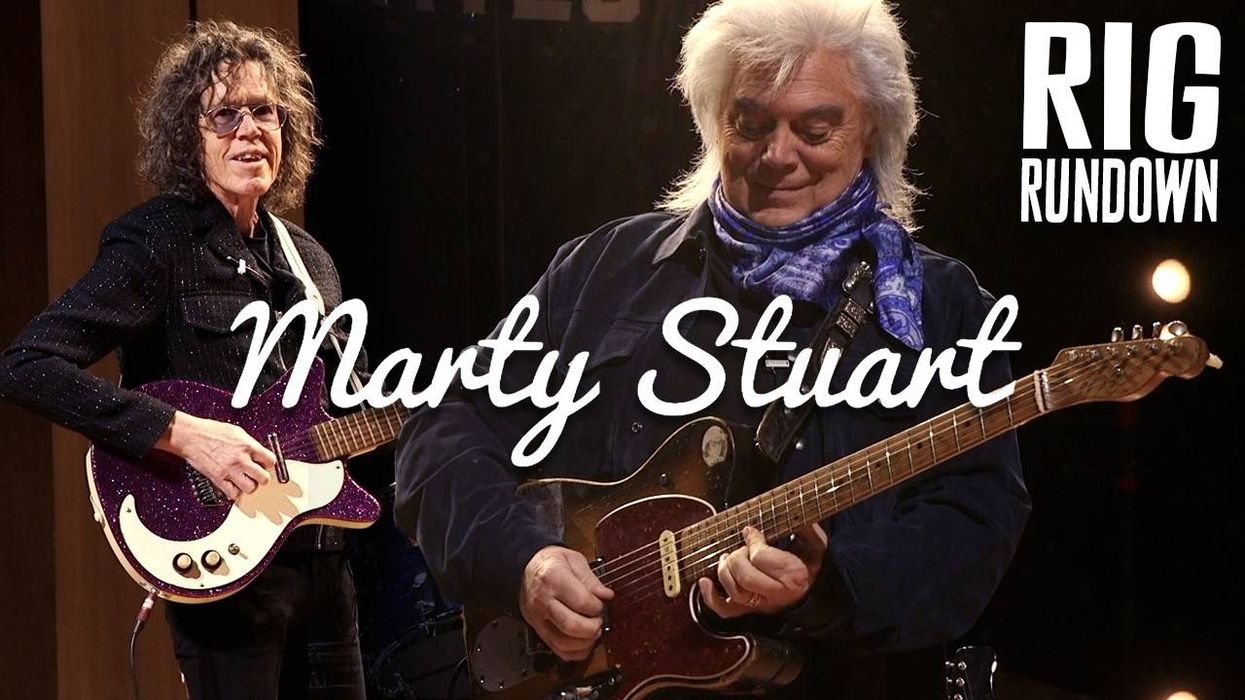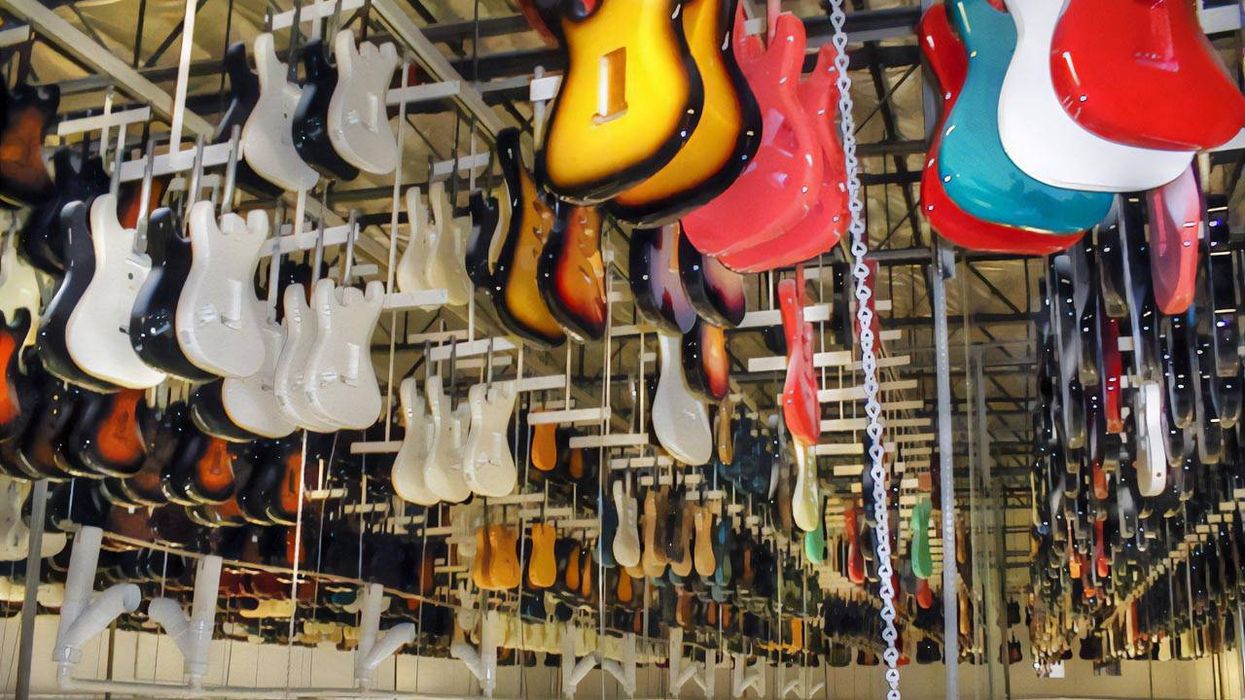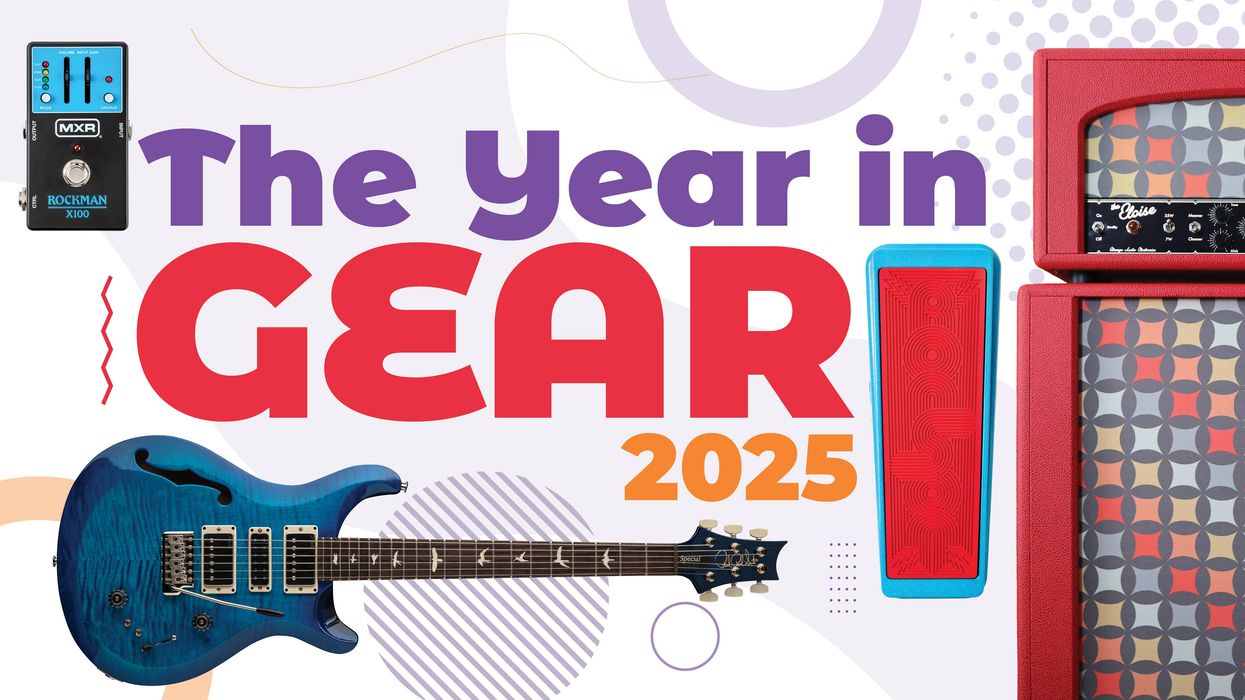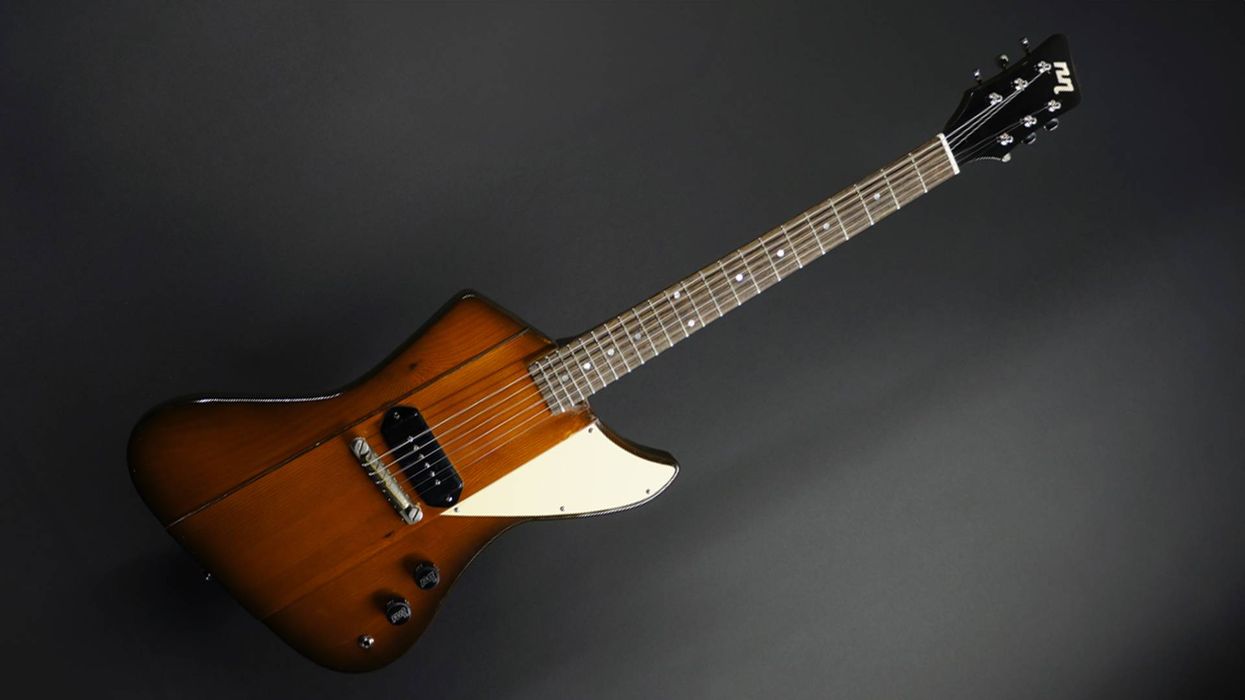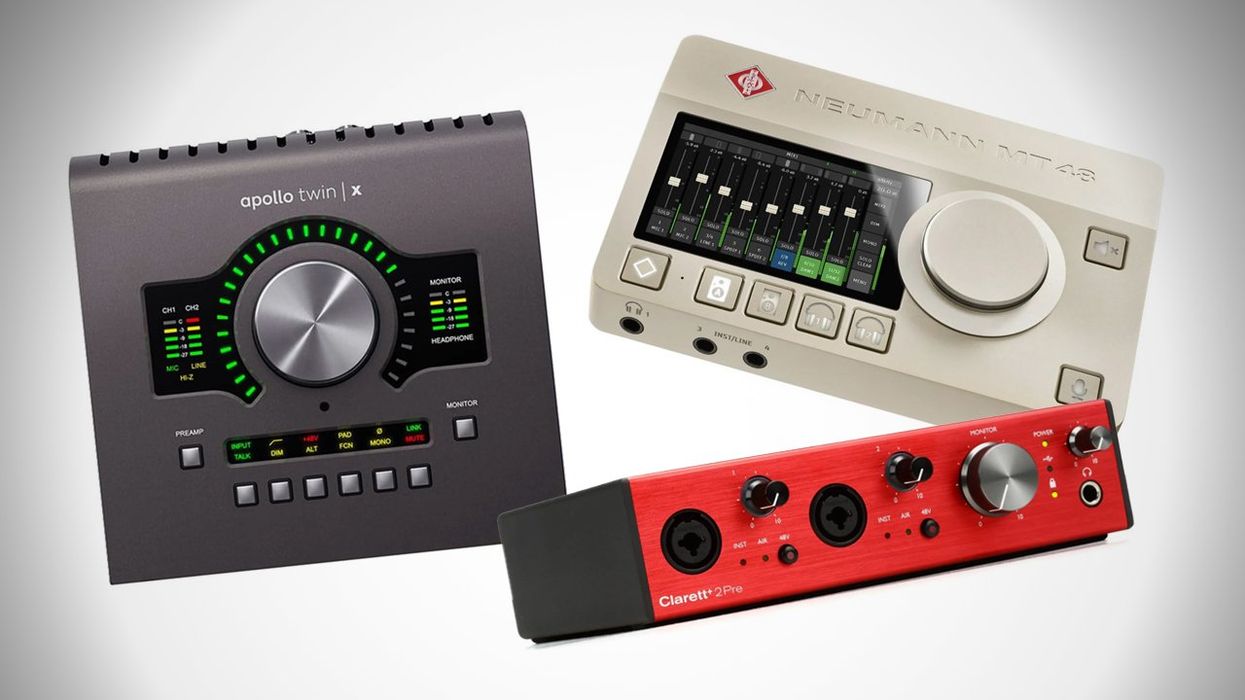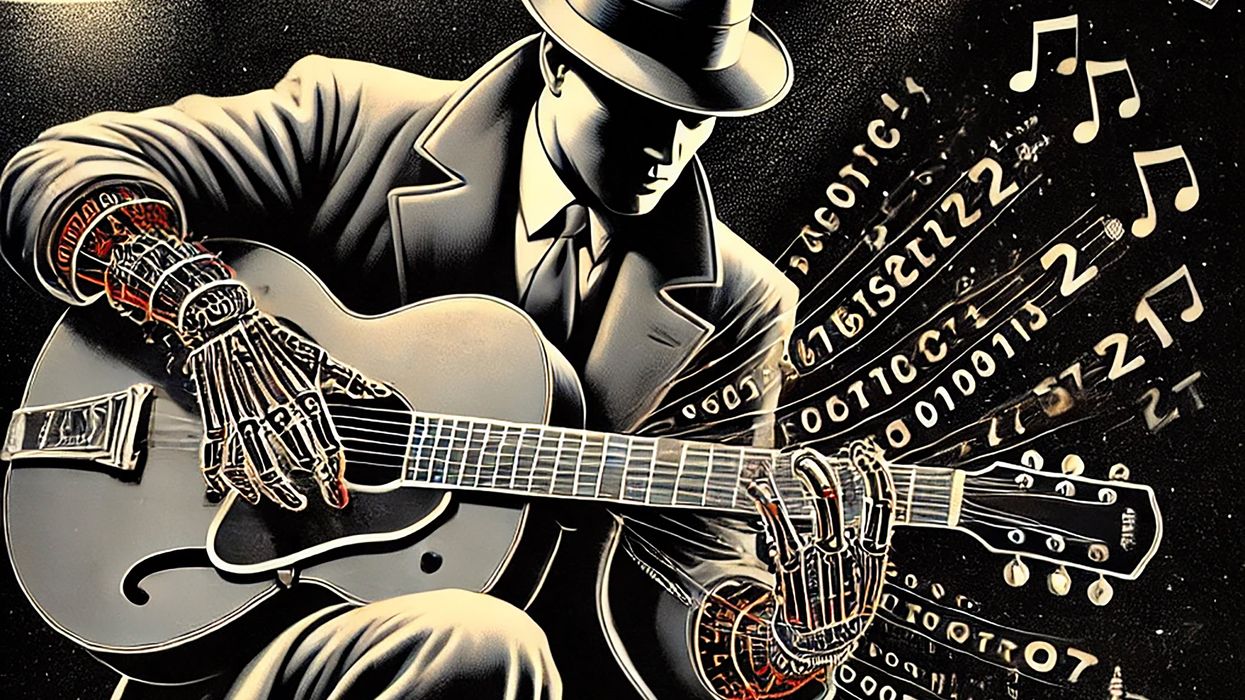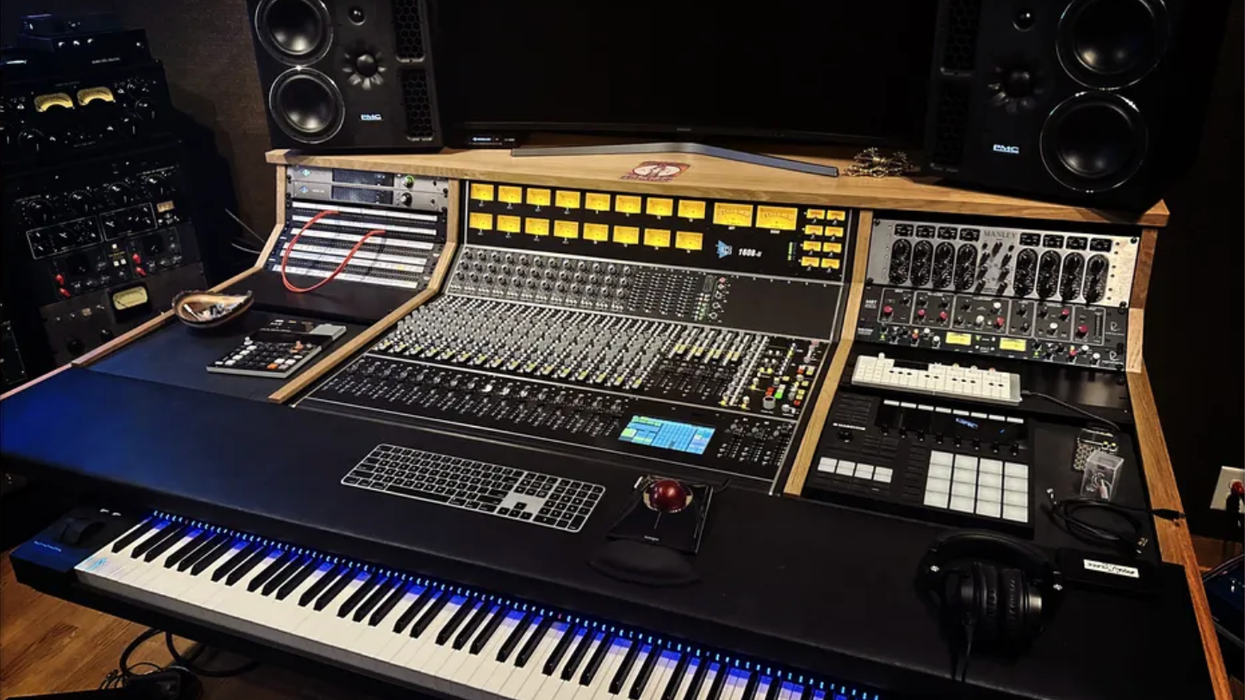The Bigger Picture
The Lexicon 480L Digital Effects System, introduced in 1986, easily stands as one of the most important reverbs in the history of studio recording. Conceived as Lexicon’s next step beyond the 224 (see last month’s Dojo) it employed 18-bit A/D and D/A converters, giving it a wet path dynamic range approaching 98 dB and either 44.1 kHz or 48 kHz sample rates.
Internally, it was essentially two powerful stereo processors, labeled “Machine A” and “Machine B.” These could be run independently, producing two separate stereo effects, or cascaded so that one fed into the other.
The sound of the 480L is where its legend was truly forged. The reverb tails were smoother and more natural than anything that had come before, while still carrying Lexicon’s trademark musicality. One of the most beloved algorithms was “Random Hall,” which added subtle modulation to the reverb tail, preventing it from sounding static and giving it a sense of living, breathing space. The 480L dominated mainstream pop, rock, film scores, and TV from the mid-’80s through the 2000s. While earlier reverbs like the EMT 250 or Lexicon 224 had charm and warmth, the 480L delivered polish and versatility. It was the professional standard against which all others were judged.
A studio spring?
The AKG BX20 spring reverb is another gem from the analog days. Unlike the small, twangy springs found in guitar amps, the BX20 was designed for studio use, housed in a (roughly) 4' x 2' x 2' wooden cabinet. Its dual spring system produced a reverb that was deliciously dark, smooth, and surprisingly versatile. It became beloved for its organic, almost smoky quality—perfect on guitars, keys, and even vocals if you wanted a touch of atmosphere without the sheen of a plate or the brightness of a Lexicon.
The Underdog from Burnley
By 1981, EMT in Germany had already unveiled the EMT 250, and Lexicon in the U.S. was about to shake the industry with the 224. But back in the U.K., a pair of aerospace engineers in Burnley, Lancashire, created a 3U rackable reverb that came to define the sound of 1980s pop and rock—the AMS RMX16 (admittedly, my favorite). Compact, rugged, and intuitive, with a sound that was bold rather than naturalistic, the RMX16 was the first microprocessor-controlled, full-bandwidth digital reverb with nine core algorithms—halls, plates, rooms, ambiences—but it was the ‘NonLin2’ (nonlinear reverb) preset that turned the machine into legend. The gated snare in Phil Collins’ “In the Air Tonight”? The RMX16. Peter Gabriel’s “Sledgehammer”? The RMX16. Prince, Dire Straits, Hall & Oates, Bruce Springsteen—all embraced its punchy, present character.
The RMX16 influence has endured. AMS—now under AMS Neve—has since reissued it as a 500-series module and collaborated on official plugins with Universal Audio.
What’s in it for me?
Remember that a plate doesn’t sound like a spring, a spring doesn’t sound like a Lexicon, and an AMS doesn’t sound like an EMT 250. If you grab “any old reverb” from your DAW, you’re missing the point. These machines became prized not just for what they added, but for how they shaped the emotional character of music. Understanding the differences will leave you better equipped to make deliberate choices. Want your vocal to shimmer with vintage romance? Try a plate or spring reverb. Need drums to slam? That’s RMX16 territory. Looking for a reverb that’s lush yet unobtrusive? The Lexicon 480L is still king.
In the end, knowing your reverbs is like knowing your guitars. Each one has a story, a color, a legacy. These classics remind us that technology and artistry are forever intertwined. You’re not just “adding reverb”—you’re tapping into a lineage of sound that has shaped records for generations. And that, more than anything, is why these machines remain revered.
